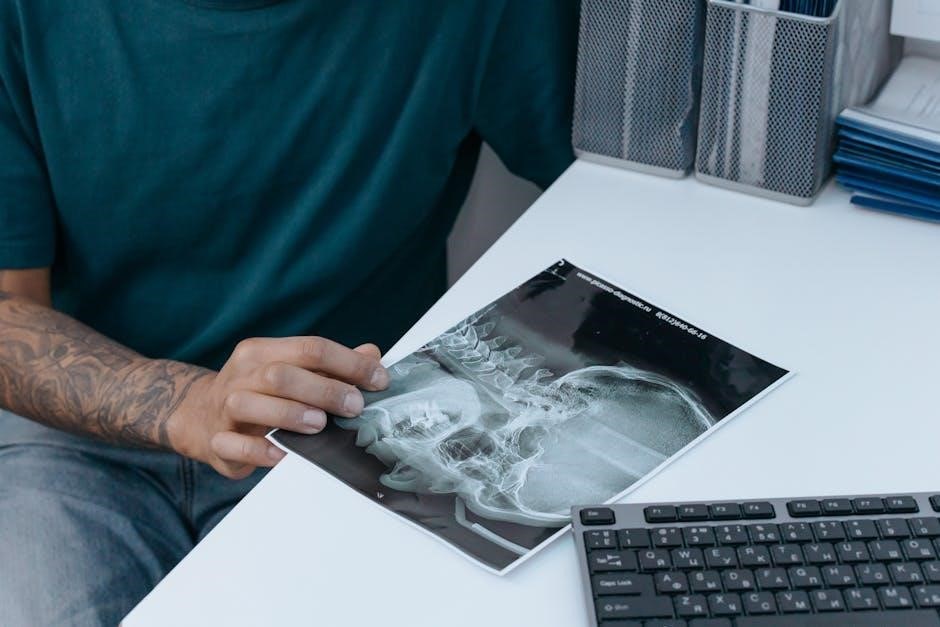
Pediatric clinical examination is a specialized process focusing on assessing children’s health, requiring tailored skills and understanding of developmental stages to ensure accurate diagnoses and effective care.
1.1 Importance of Pediatric Clinical Examination
A pediatric clinical examination is vital for assessing children’s health, detecting early signs of illness, and monitoring growth and development. It ensures timely interventions, improving long-term outcomes. Unlike adults, children’s bodies are constantly evolving, making it essential to tailor examinations to their age and developmental stage. Regular check-ups help identify potential issues before they escalate, promoting preventive care and educating parents on healthy practices. A thorough examination builds trust between healthcare providers, children, and families, fostering a positive experience that supports overall well-being and lifelong health habits.
1.2 Overview of the Pediatric Patient Population
The pediatric patient population encompasses individuals from birth through adolescence, each stage requiring unique consideration. Newborns, infants, toddlers, school-aged children, and adolescents differ in developmental milestones, communication abilities, and physiological needs. Understanding these variations is crucial for effective assessment. Pediatric patients may present with congenital conditions, developmental delays, or acute illnesses, necessitating a tailored approach. Additionally, cultural, ethnic, and socioeconomic factors influence health outcomes, highlighting the importance of a patient-centered and family-focused care model. Recognizing these diverse needs ensures comprehensive and compassionate care for all pediatric patients.
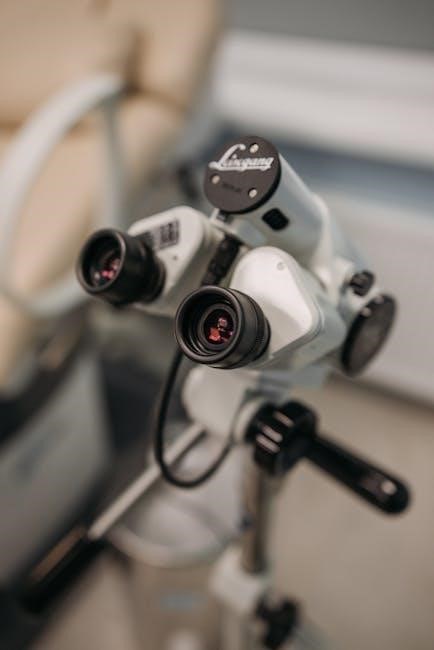
Preparation for the Pediatric Clinical Examination
Preparation involves creating a welcoming environment and gathering essential tools to ensure a smooth and stress-free examination process for children and their caregivers.
2;1 Creating a Child-Friendly Environment
Creating a child-friendly environment is crucial for a successful pediatric examination. Use calming colors, toys, and visuals to make the space inviting. Ensure the room is warm and non-threatening, with comfortable seating for both children and parents. Minimize loud noises and avoid intimidating medical equipment in view. A calm atmosphere helps reduce anxiety, making children more cooperative. Engage children with age-appropriate toys or distractions to ease their fears. A positive environment fosters trust and cooperation, essential for an accurate assessment.
2.2 Essential Tools and Equipment
The pediatric clinical examination requires specific tools tailored to children’s needs. Essential items include a stethoscope, pediatric blood pressure cuff, thermometer, otoscope, and ophthalmoscope. Use age-appropriate equipment sizes to ensure accuracy. A growth chart and developmental assessment tools are also necessary. Soft, non-threatening instruments can help reduce fear. Additionally, toys or visual aids can distract and comfort the child during the exam. Having a well-organized and clean setup ensures efficiency and safety. These tools help gather accurate data while making the process less stressful for children and parents alike.
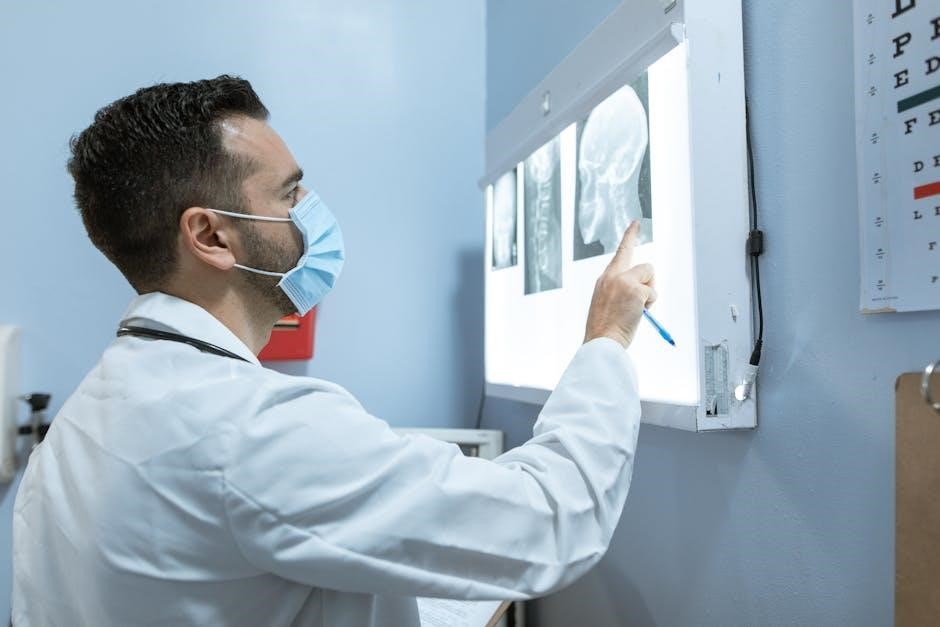
Clinical History in Pediatric Patients
Clinical history in pediatric patients is a critical process involving parents or caregivers to gather detailed information about the child’s medical history, development, and current symptoms.
3.1 Obtaining a Comprehensive Medical History
Obtaining a comprehensive medical history in pediatric patients involves gathering detailed information about the child’s past illnesses, vaccinations, allergies, family health history, and developmental milestones. This step is crucial for diagnosing and managing conditions. Parents or caregivers often provide the majority of the information, especially for younger children. The history should include prenatal and perinatal details, feeding patterns, and any significant medical events. For older children, incorporating their own accounts, along with parental insights, ensures accuracy. This process lays the foundation for a thorough clinical examination and informed decision-making. Regular updates to the medical history are essential as the child grows and develops.
3.2 Communicating with Children and Parents
Effective communication with children and parents is vital for a successful pediatric clinical examination. Building trust through a calm and empathetic demeanor helps children feel comfortable. Age-appropriate language and simple explanations are essential when interacting with children. Parents should be engaged as partners, ensuring they understand the examination process and feel involved. Active listening and clear, concise communication help address concerns and gather accurate information; Non-verbal cues, such as maintaining eye contact and using reassuring gestures, also play a significant role. Cultural sensitivity and adaptability further enhance communication, ensuring a positive experience for both children and their families.
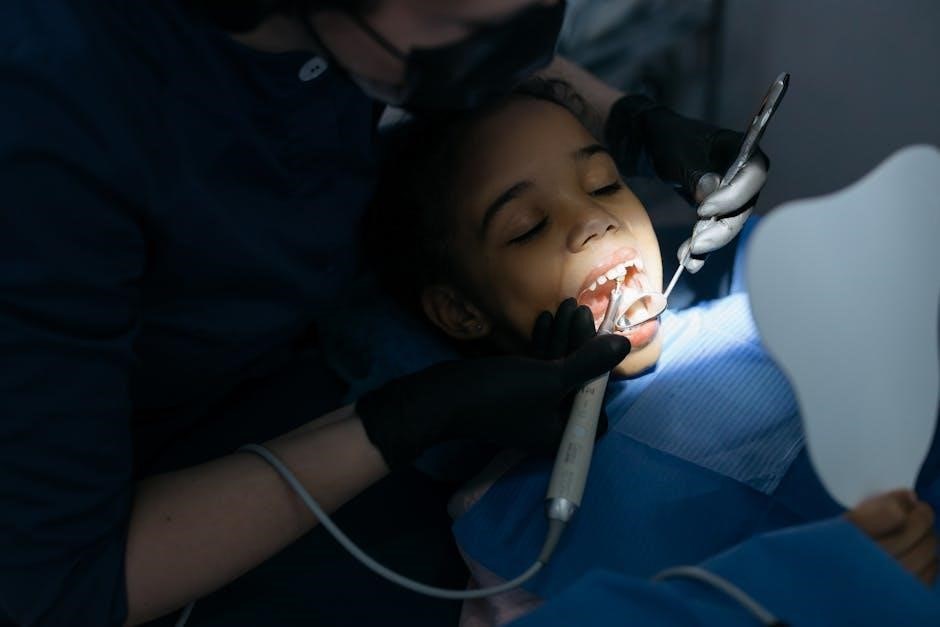
Physical Examination Techniques
Pediatric physical exams require adapted techniques for varying ages and developmental stages, ensuring accuracy and comfort through gentle, systematic approaches, including observation, palpation, percussion, and auscultation.
4.1 General Inspection and Vital Signs
A thorough general inspection begins with observing the child’s overall appearance, behavior, and activity level. Vital signs, including temperature, heart rate, respiratory rate, blood pressure, and oxygen saturation, are measured. Age-appropriate equipment ensures accuracy. The clinician assesses for signs of distress, hydration status, and developmental milestones. A calm and child-friendly environment minimizes anxiety, aiding in precise measurements. Accurate vital sign recording is crucial for early detection of abnormalities. This initial assessment guides further examination and informs the overall clinical picture, ensuring comprehensive care tailored to the child’s needs and developmental stage.
4.2 Head, Eyes, Ears, Nose, and Throat (HEENT) Examination
The HEENT examination begins with inspecting the head for shape, size, and signs of trauma or developmental abnormalities. Eyes are assessed for red reflex, pupil reactivity, and extraocular muscle function. Ears are examined using an otoscope to evaluate the tympanic membrane and external canal. The nose is inspected for mucosal color and discharge. The throat is checked for erythema, tonsillar size, and uvular mobility. Age-appropriate tools and a gentle approach ensure accuracy and comfort. This systematic evaluation helps identify common pediatric conditions, such as otitis media or pharyngitis, while maintaining a child-friendly environment for cooperation and accuracy.
4.3 Respiratory and Cardiovascular Examination
The respiratory examination involves inspecting chest movement, auscultating breath sounds, and assessing respiratory rate and effort. Wheezing, crackles, or decreased breath sounds may indicate conditions like asthma or pneumonia. For cardiovascular assessment, heart rate, rhythm, and murmurs are evaluated using a stethoscope. Blood pressure is measured, and peripheral pulses are checked for strength and equality. Special attention is given to signs of heart disease, such as cyanosis or clubbing. Age-appropriate techniques ensure accuracy, as findings vary across pediatric age groups, from infants to adolescents.
4.4 Abdominal and Genitourinary Examination
The abdominal examination involves inspecting for distension, palpating for tenderness, masses, or organomegaly, and auscultating bowel sounds. Special attention is given to signs of dehydration or gastrointestinal distress. The genitourinary examination includes inspecting the genitalia for abnormalities, redness, or discharge. In males, the penis and testes are examined for congenital issues like hypospadias or undescended testicles. Females may require a brief genital examination, especially if symptoms suggest infection. Age-appropriate techniques ensure comfort and accuracy, with chaperones used for adolescents to maintain privacy. Any abnormalities warrant further investigation to address potential issues early.
4.5 Musculoskeletal and Neurological Examination
The musculoskeletal and neurological examination in pediatric patients involves assessing muscle strength, joint mobility, and reflexes, with age-appropriate techniques. For infants, this may include evaluating tone and developmental milestones, while older children may undergo gait assessment and posture evaluation. Signs of neurological dysfunction, such as asymmetrical reflexes or delayed milestones, are noted. The examination requires patience and engagement to ensure accurate results. A thorough approach helps identify potential musculoskeletal or neurological issues early, allowing for timely intervention.
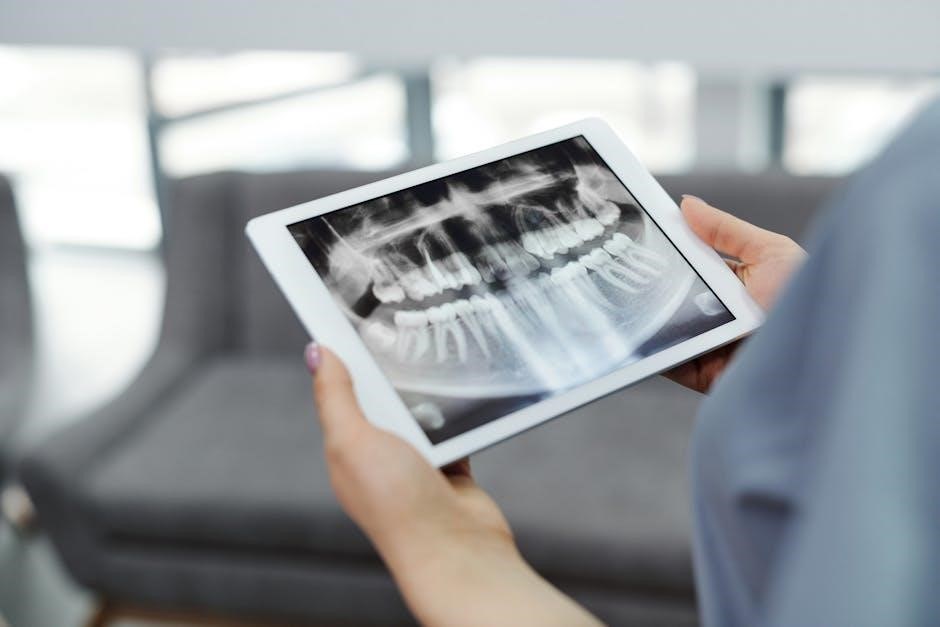
Special Considerations in Pediatrics
Pediatric clinical examinations require special considerations, including age-specific techniques, developmental assessments, and a gentle approach to ensure comfort and cooperation from children and their parents.
5.1 Neonatal Examination
A neonatal examination focuses on assessing newborns’ health, typically within the first 28 days of life. It involves checking vital signs, physical characteristics, and developmental milestones. Key components include evaluating skin integrity, monitoring reflexes, and assessing feeding patterns. Gentleness and a calm environment are crucial to avoid distress. The examination also includes screening for congenital anomalies and infections. Parents’ involvement is encouraged to foster trust and provide guidance. Timely identification of abnormalities ensures early intervention, promoting optimal growth and development. This specialized assessment requires a deep understanding of neonatal physiology and behavior.
5.2 Adolescent Examination
An adolescent examination focuses on assessing the health and developmental needs of individuals between 10 and 19 years old. It emphasizes puberty, growth spurts, and emotional changes. Key components include evaluating physical growth, checking for signs of puberty, and assessing emotional and cognitive development. Privacy and confidentiality are essential to build trust. The examination also includes screenings for high-risk behaviors, mental health concerns, and substance use. Addressing nutritional and safety concerns, as well as promoting healthy lifestyles, is critical. This stage requires a balance between involving parents and respecting the adolescent’s growing independence, ensuring comprehensive care during this transitional phase.
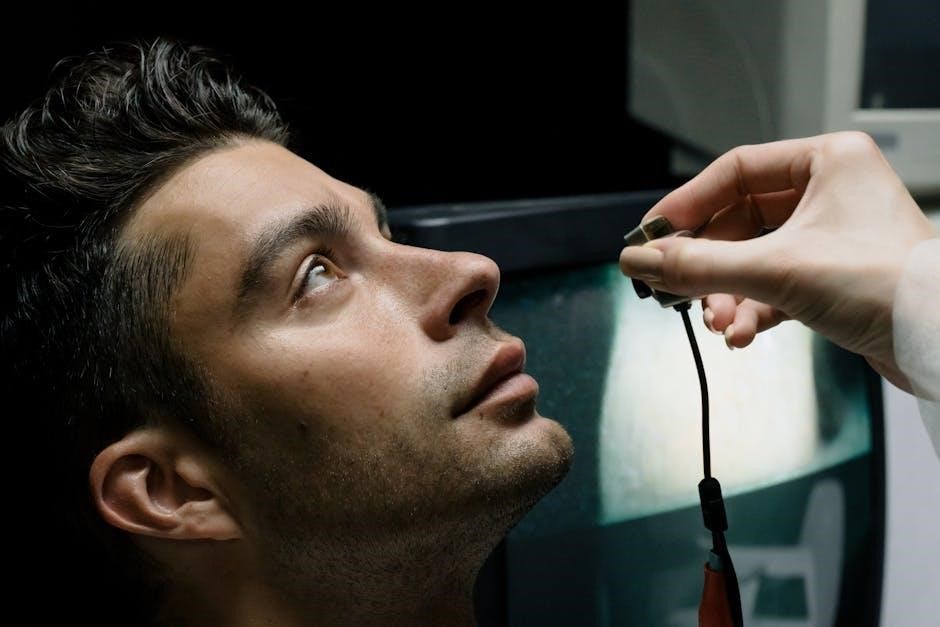
Documentation and Reporting
Documentation and reporting are vital in pediatric care, ensuring accurate records for tracking progress and guiding clinical decisions, essential for continuity and clear communication among healthcare providers.
6.1 Accurate Recording of Findings
Accurate recording of findings ensures comprehensive documentation of a child’s clinical examination. This includes detailed notes on observations, measurements, and abnormalities. Using clear, concise language and standardized terminology is essential. Documenting both positive and negative findings helps track progress and informs future care. Timing and context of observations should be noted, including any parental or patient-reported symptoms. Legibility and completeness are crucial for effective communication among healthcare providers. Regular updates and reviews of records maintain accuracy and relevance. Proper documentation also supports legal and ethical standards, ensuring a reliable reference for ongoing management and decision-making in pediatric care.
6.2 Interpreting Results and Formulating a Plan
Interpreting results in pediatric clinical examinations requires careful analysis of findings, considering age-specific norms and correlating them with clinical presentation. Accurate interpretation leads to precise diagnoses, guiding appropriate interventions. A management plan should be tailored to the child’s unique needs, incorporating therapy, lifestyle adjustments, and follow-up. Effective communication with parents is essential, ensuring they understand the plan and can support their child’s care. Regular reassessment allows for adjustments, optimizing outcomes.
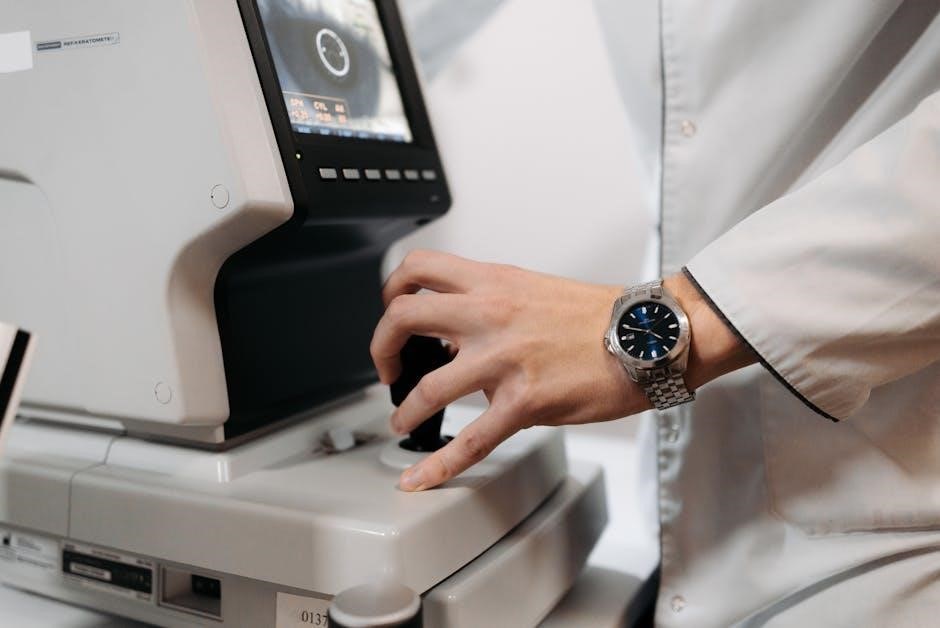
Common Pediatric Clinical Scenarios
Common pediatric clinical scenarios include well-child visits, sick-child assessments, and emergency evaluations, each requiring a thorough, age-appropriate approach to ensure timely and effective care.
7.1 Well-Child Visits
Well-child visits are essential for monitoring growth, development, and overall health in children. These visits include vaccinations, physical examinations, and developmental assessments. Pediatricians use this opportunity to educate parents on nutrition, safety, and milestones, ensuring early detection of potential issues and promoting healthy lifestyles. Regular check-ups help build trust between families and healthcare providers, fostering a proactive approach to child health. By addressing concerns early, well-child visits play a crucial role in preventing complications and ensuring optimal well-being throughout childhood.
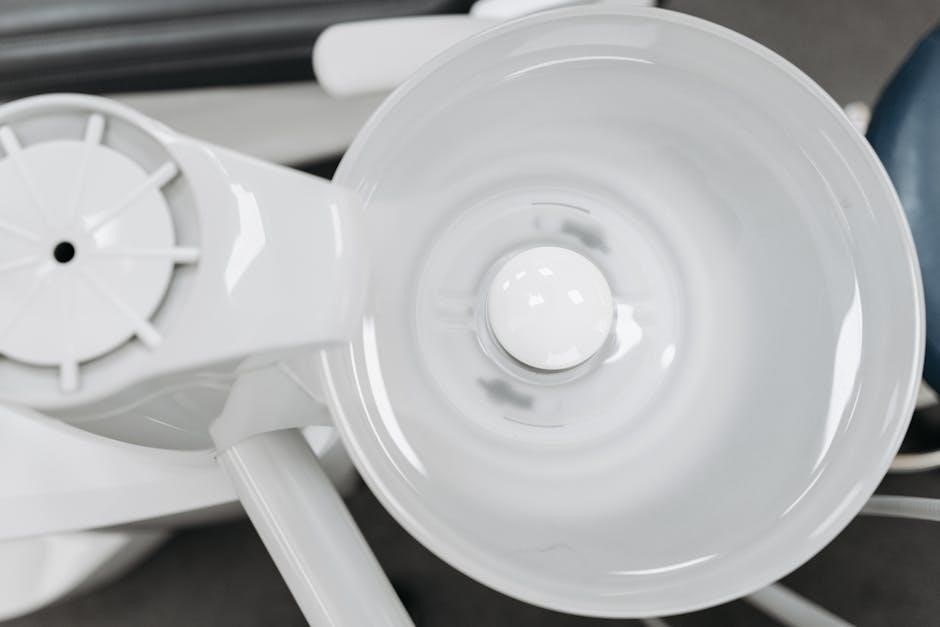
7.2 Sick-Child Assessment
Sick-child assessment involves a thorough evaluation of a child’s condition to identify the severity of illness and underlying causes. It includes a detailed history, physical examination, and interpretation of vital signs. Key areas of focus are respiratory rate, hydration status, and behavioral changes. The assessment also considers age-specific symptoms and medical history to guide diagnostic decisions. Identifying red flags, such as distress or neurological signs, is critical for prompt intervention. Differential diagnoses are formulated based on presenting symptoms and physical findings. Effective communication with parents ensures a collaborative approach to care, providing reassurance and clear guidance for management and follow-up.
Pediatric clinical examination requires a comprehensive approach, combining tailored skills, effective communication, and precise documentation to ensure accurate diagnoses and optimal care for children of all ages.
8.1 Summary of Best Practices
Effective pediatric clinical examination involves creating a child-friendly environment, ensuring effective communication, and conducting a thorough, age-appropriate assessment. Prioritize building trust with the child and family. Always obtain a detailed medical history and perform a systematic physical examination. Tailor your approach to the child’s developmental stage, using non-threatening language and techniques. Document findings accurately and maintain confidentiality. Stay updated with current guidelines and evidence-based practices to provide optimal care. Continuous learning and adaptability are essential for delivering high-quality, patient-centered examinations in pediatrics.
8.2 Continuous Learning in Pediatrics

Continuous learning is essential in pediatrics due to the ever-evolving nature of medical knowledge and advancements. Staying updated with the latest research, guidelines, and techniques ensures high-quality patient care. Engage in regular continuing medical education (CME) activities, workshops, and conferences. Participate in case discussions and peer reviews to refine clinical skills. Utilize professional organizations and online resources for updated protocols. Collaborate with multidisciplinary teams to share insights and best practices. Foster a mindset of lifelong learning to adapt to new challenges and provide evidence-based care for children. Networking and mentorship further enhance professional growth in this dynamic field.
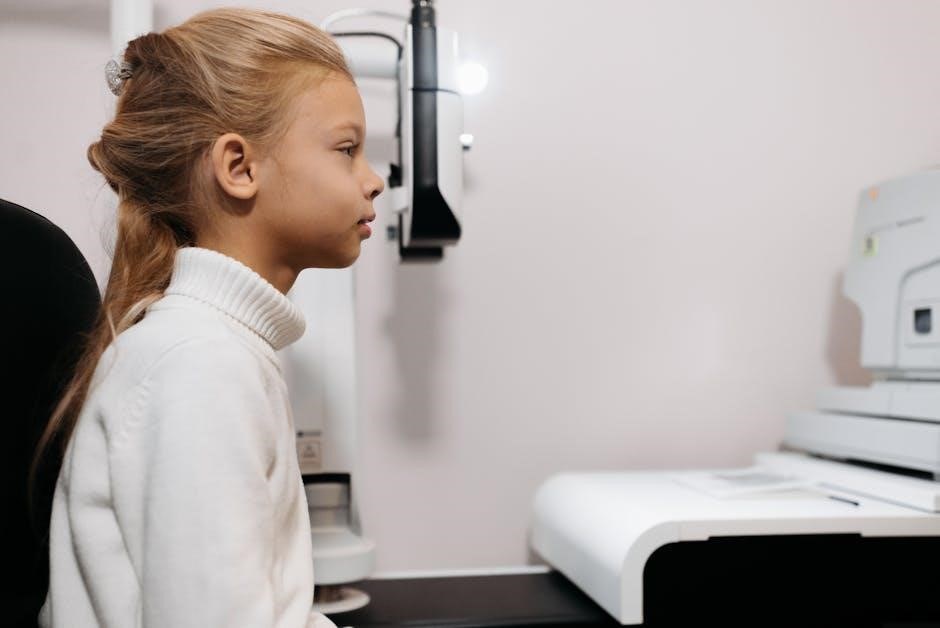
Additional Resources
Access reputable pediatric clinical examination guides, textbooks, and online courses for in-depth learning; Utilize evidence-based guidelines from professional organizations like the AAP for updated practices and protocols.
9.1 Recommended Reading and Guidelines
Essential textbooks like Avery’s Diseases of the Newborn and Nelson’s Pediatrics provide comprehensive insights into pediatric care. The American Academy of Pediatrics (AAP) offers evidence-based guidelines for clinical examinations. Online resources such as the Pediatric Clinical Examination PDF and courses from reputable institutions are valuable for hands-on learning. Additionally, peer-reviewed journals like Pediatrics and The Lancet Child & Adolescent Health publish cutting-edge research. These resources ensure practitioners stay updated on best practices, diagnostic techniques, and treatment protocols for children of all ages.